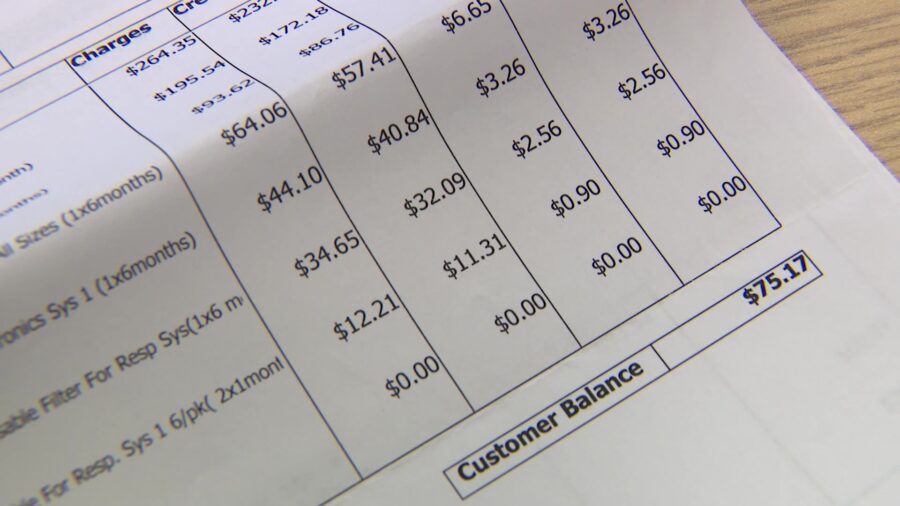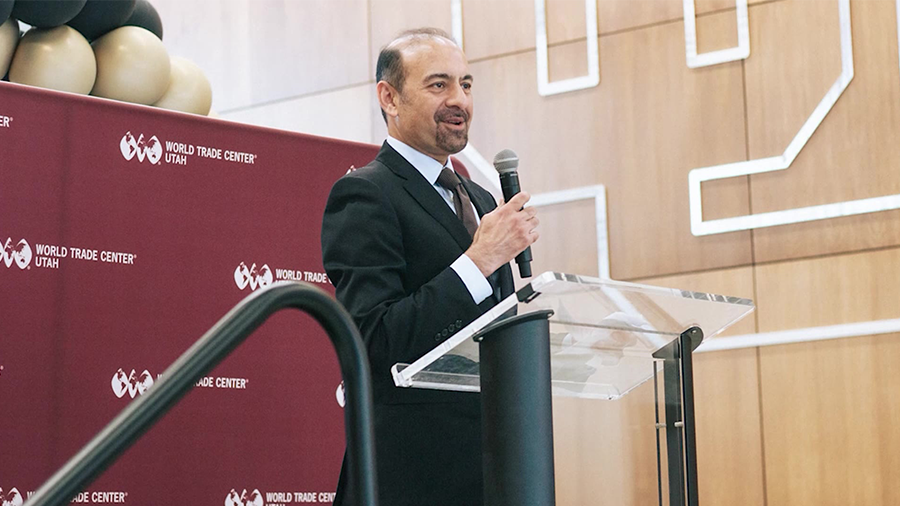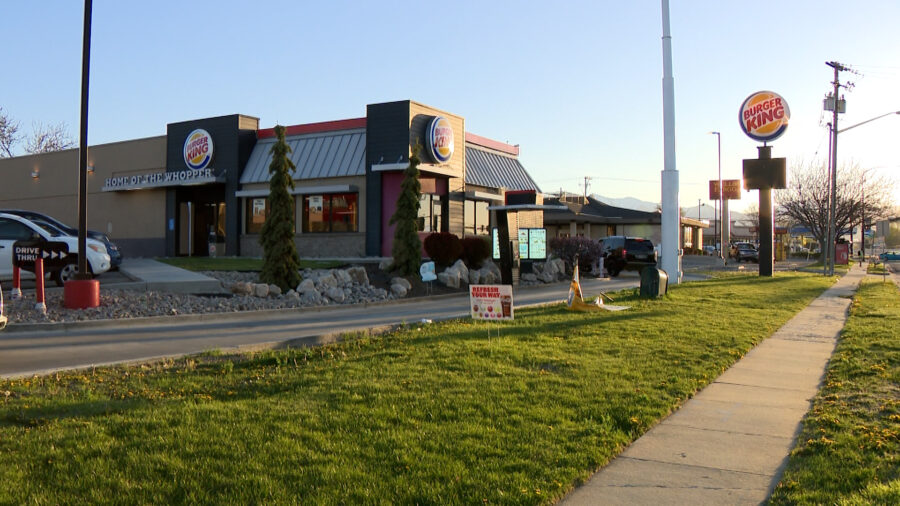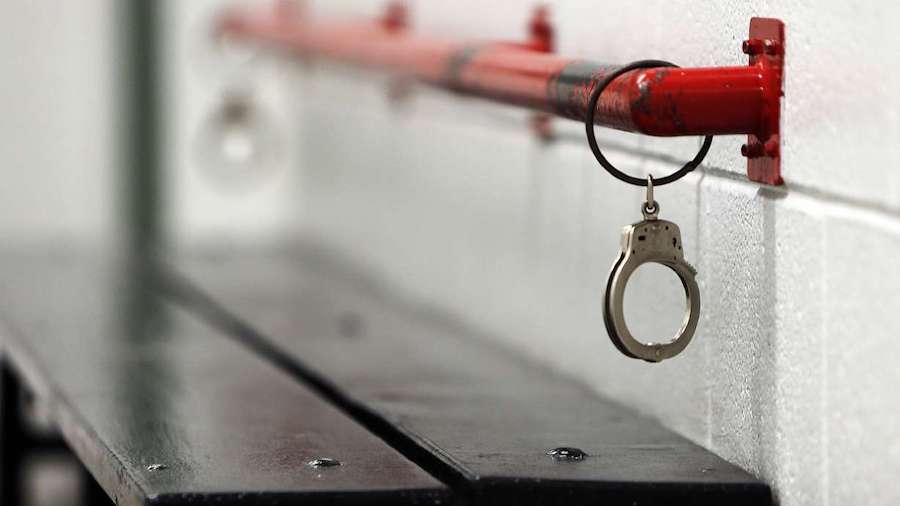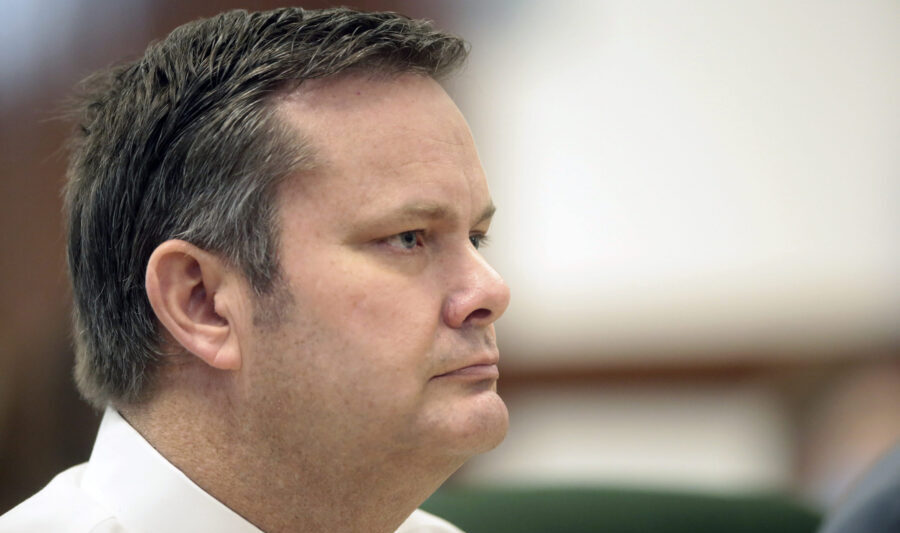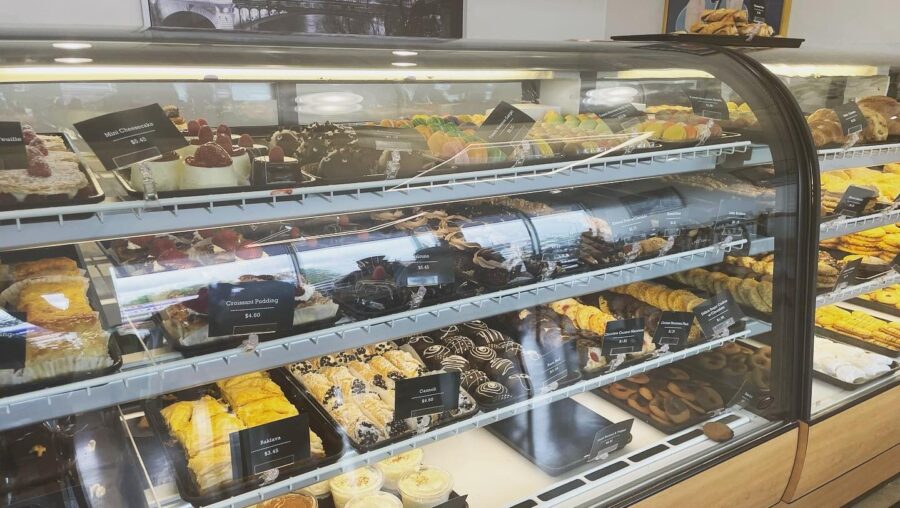BLM Officials Rounding Up Iconic Wild Horse Herd In Tooele County
Sep 11, 2019, 7:47 PM | Updated: Jul 18, 2023, 2:12 pm
TOOELE, Utah – Officials from the Bureau of Land Management began conducting a round-up in Tooele County of one of the most photographed herds of wild horses in the country.
The round-up is focused on the 450-head herd of wild Onaqui horses, which will be reduced by 200 animals.
It’s a controversial topic as many were opposed to the practice, saying it can be inhumane for the animals. They also questioned whether the reduction is necessary.
“These wild ones, in particular, are extremely spiritual in my book,” said Duschene County resident Lynette Larson who opposed the round-up.
The Onaqui herd makes up a small portion of the 88,000 wild horses roaming the western United States.
Utah is home to more than 5,000 wild horses, but BLM officials determined the appropriate management level allows for 1,956 wild horses in the state.
“Our biggest thing for us is to have sustainable herds on sustainable land,” said BLM spokeswoman Lisa Reid.
The BLM is tasked with preserving and managing the horses. Officials said there are too many – both in Utah and the U.S.
“The appropriate management level for horses on the range [nationwide] is 27,000, so as you can see we are very overpopulated,” Reid said.
It’s why a helicopter flew across Tooele County Wednesday, rounding up 200 of the Onaqui herd.
“It may cost the government $150k,” said Gus Warr, BLM incident commander.
According to Warr, the popular herd of Onaqui horses would not be affected by the round-up.
“A lot of public go out there and view and photograph those horses,” he said. “We aren’t going to touch those horses. We’re going to be all the way around them.”
Reid said other methods will be used to control the herd.
“The good thing about the Onaqui herd is that we are able to dart the core population,” she said. “The core population we will not be gathering and we are able to effectively treat them with birth control. The 200 we would like to remove are outside the herd management area and are not approachable so it will be nice to get those horses off of the peripheral area and then be able to concentrate our efforts through birth control for the core herd.”
According to Reid, they are going to round-up horses on lands not designated for wild horses, private lands, BLM lands designated for other uses, Forest Service lands and the U.S. Army’s Dugway Proving Ground.
Those concerned about the horse’s welfare also attended the helicopter round-up.
“Anybody that tells you that helicopters are not stressful, they are,” Warr said. “They can be stressful on animals if they are not done properly.”
She added the pilots hired for the round-up were trained to take a less aggressive approach around the horses.
“A helicopter can be done very efficiently and humanely in my opinion compared to a lot of other techniques,” Warr said.
“I don’t know if there is a right way to disturb an animal in its natural environment,” said Sat Lake City resident Kristen Bullock, who opposed the round-ups. “Everything behind this situation is money,” she said.
Bullock questioned BLM officials’ decision to round up the horses in the first place, including the way they determine how many to take.
“They can choose to say, ‘ok, 400 horses isn’t enough’ because technically 400 plus is a genetically viable herd,” she said.
Bullock said the Onaqui herd needs to have more than the approximately 250 horses or so that will be left after the round-up to thrive.
She also questioned other interest groups she fears may be pressuring BLM officials to reduce the herd size.
“Horses are federally protected so while a horse is in a federally protected area, you can’t mine you can’t drill,” Bullock said. “There is no way to tap into these resources that make money while there is a federally protected animal involved and so it’s much bigger than that; everything behind this situation is money.”
However, BLM officials said it’s about having a balance on land designated for multiple uses.
“We have to have a good balance between the two – not only just the horses but the wildlife and the livestock that come through,” Reid said.
The horses will be sent to a holding facility in Delta where they will be prepared for adoption. According to Reid, Utah says has one of the most successful adoption programs in the country, averaging 400 adoptions per year. However, nationwide 47,000 wild horses are still in holding facilities.


